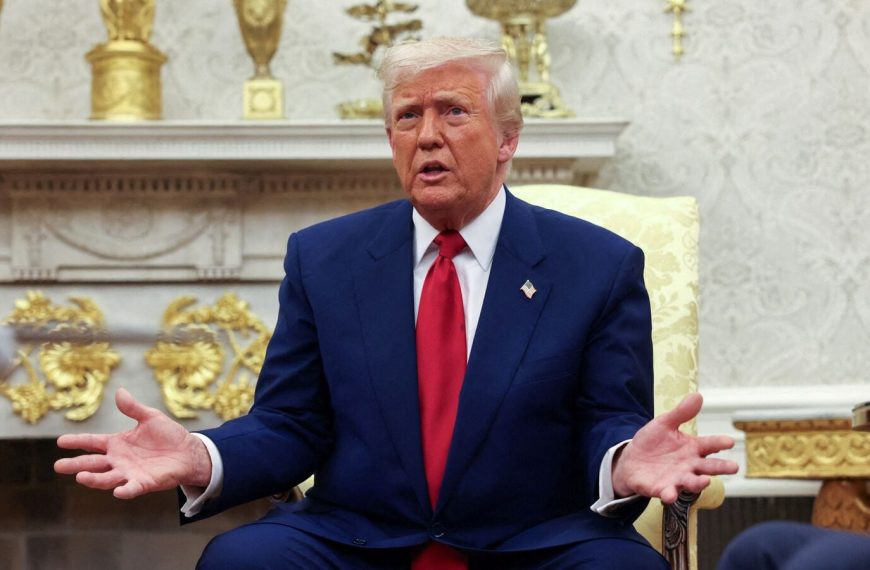The Reserve Bank of India (RBI) is set to engage with bank economists on April 3 to gather insights on proposed changes to its liquidity management approach. Insiders, who prefer to remain anonymous due to the sensitive nature of the discussions, indicate that the RBI is contemplating the implementation of shorter-term repurchase operations. This shift aims to enhance the current liquidity framework, which primarily relies on a 14-day cash window.
Revisiting Liquidity Strategies
As part of an internal review, the RBI is expected to unveil a revised liquidity framework in the coming weeks. This initiative comes amid ongoing efforts to stimulate economic growth through strategic interest rate cuts and significant cash injections into the financial system.
- The discussions include:
- Evaluating the use of shorter-tenor repurchase operations.
- Exploring overnight variable rate repurchase options.
This proactive approach could allow the RBI to address liquidity challenges more effectively.
Recent Developments
Earlier in January, the central bank took a notable step by introducing indefinite daily variable rate repurchase operations. This move was aimed at alleviating a pronounced cash shortage within the financial system. Repurchase operations serve as a critical tool for the RBI, enabling it to provide short-term funding to banks when necessary. Conversely, reverse repurchase operations are employed to absorb excess liquidity from financial institutions.
Challenges in Rate Transmission
Since the current liquidity framework was established in February 2020, several instances have arisen where banks’ overnight borrowing costs significantly deviated from the RBI’s policy rate. This discrepancy raises concerns about how effectively the RBI’s rate adjustments are transmitted throughout the economy, highlighting the need for a more adaptable liquidity strategy.
Upcoming Policy Announcement
Looking ahead, the RBI’s rate-setting committee is scheduled to release its next policy statement on April 9. This announcement will be closely monitored by market participants, as it will provide further clarity on the central bank’s approach to managing liquidity and interest rates in the evolving economic landscape.
In summary, the RBI’s engagement with economists and potential revisions to its liquidity framework signal a proactive response to current economic conditions, aiming to enhance the overall effectiveness of its monetary policy.











